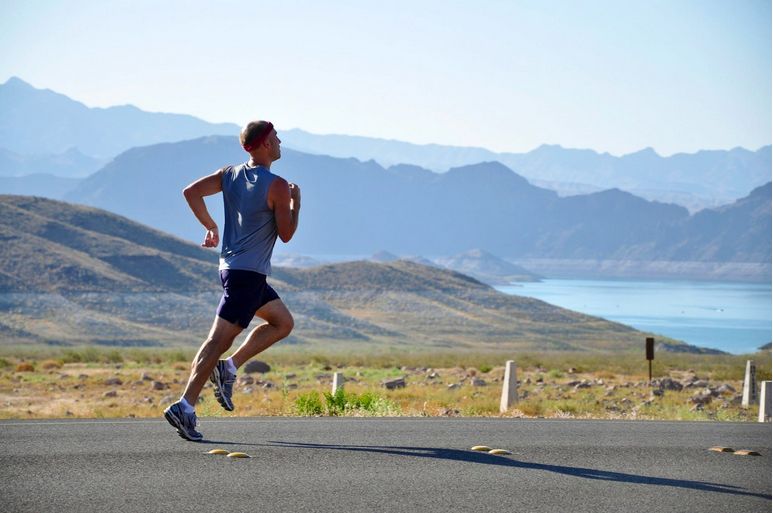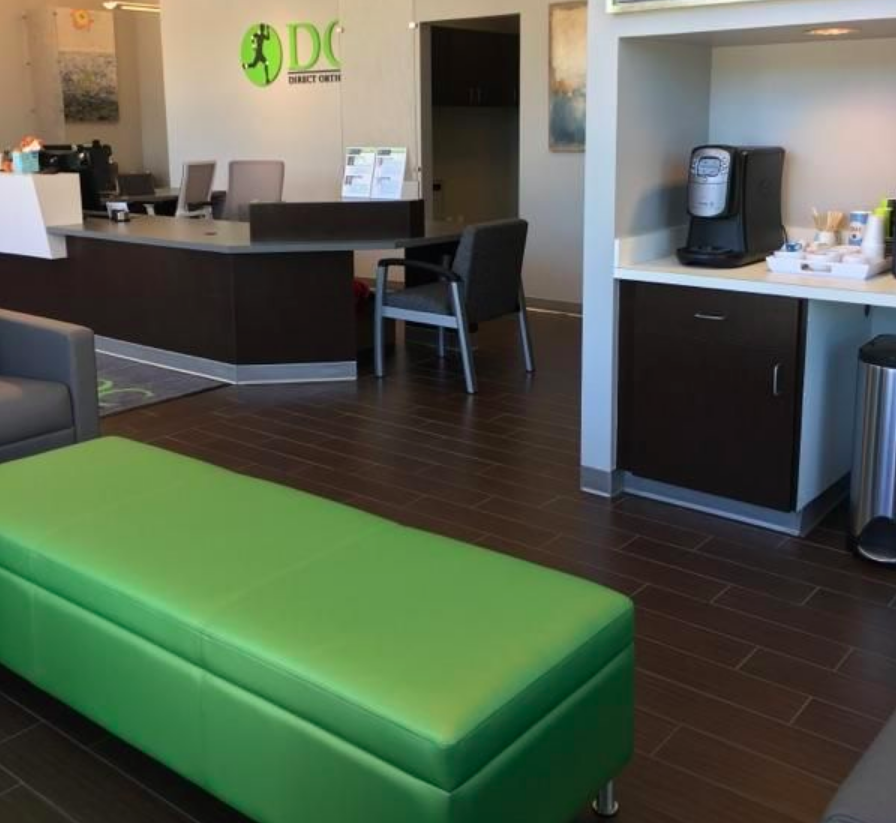By Jake Gaines Photography courtesy of DOC

In the ongoing wake of COVID-19, so many issues are being addressed beyond the pandemic. Direct Orthopedic Care (DOC) and its founder Dr. David Hassinger are committed to ensuring their emergency rooms are available for COVID-19 patients. In fact, DOC has seen a radical spike in patients with injuries and needing medical care (especially sprains and broken bones). This is due, in part, to people staying home–yet going outdoors to exercise and trying new activities. Ironically, a number of these are from parents and children as they cope with the never-ending “recess” brought by shelter in place.
If you’re like millions of Americans who unexpectedly found their jobs affected by COVID-19 restrictions, you may be spending much more time at home now. People are becoming very creative with ways to help stave off boredom and stay active with this extra time, from homemade gym equipment to backyard obstacle courses. For many parents who find themselves confined at home with their children, the seemingly never-ending “recess” has become a great time to reminisce about the fun of younger years. Many parents are excitedly jumping right back into old routines, breaking out the skateboard from their teenage years or hopping on bikes for a family ride without realizing that the body is no longer used to the motions or capable of bearing the load on the joints. Unfortunately, this has led to an increase in orthopedic injuries, from broken bones after a spill on the concrete to muscle strains from throwing the old baseball. Even something as simple as walking pets has landed people at orthopedic urgent cares with injuries such as dislocated shoulders, as excited dogs unaccustomed to going for walks yank on leashes.

So, how do you avoid an emergency trip to the orthopedic doctor? To help avoid orthopedic injuries and avoid an ER visit during the COVID-19 pandemic, here are the top seven safety tips for parents and children of all ages, according to DOC and Dr. David Hassinger:
- Wear proper fitting shoes. Kids grow fast and don’t always want to part with ‘their favorite’ shoes. However, a routine check of the footware they most often use in recreational activities can help avoid sore feet as well as potential missteps. And, if they aren’t great about tying their laces, wrecking on a bike as a result of a lace caught in the chain is a painful reminder.
- Wear protective gear, and adjust it as needed to the appropriate fit. The importance of a fitted helmet during any other sport or activity where the head and / or neck is at risk cannot be understated–especially for children. Unfortunately, most helmets aren’t fitted properly. Once again, kids grow and helmets get smaller as the ‘dome’ gets bigger with growing brains. This is an area where ‘hand-me-downs’ aren’t practical. Helmets crack, don’t fit like they do on the last kid, etc. Helmets have come down in price and there is wild variety of cool styles. Get several. Make a safety and fashion statement.
- Old Dogs can create new injuries for kids. There are all sorts of memes and social media examples of dogs getting more walking time than ever. Unfortunately, not all old dogs can learn new tricks—quickly. Untrained hounds are tough to handle, even for an adult. For kids and adults, dogs can easily strain and even dislocate joints. If your pooch is new to a leash, shorter walks will benefit you both. Also, less leash given to the dog makes it easier to control. Start with a tighter reign until you both get used to the strain.
- Follow the 10 percent rule. When adding distance (longer bike rides, skateboarding, etc) or engaging in a new activity avoid the impulse to ‘perform like a superstar’ right out of the gate. Instead, remember the ’10 percent rule’: Take smaller steps (10% more) in advancing your effort and skill level. Every adult and child has seen how a favorite activity has been performed by ‘the experts’. It’s only natural to want to emulate. A slow and gradual increase in pursuing ‘stardom’ will increase your skill level and reduce your chance of overuse injuries or worse.
- Go for a “test drive.” Before you hop on a skateboard or build bike ramps to show off your childhood skills to your kids, get a feel for the movement of the board or bike on soft ground. While it may be true that you don’t really forget how to ride a bike, it might take a ride or two for muscle memory to kick in.
- Don’t just rub dirt on it. Don’t try to push through pain, as it is your body’s natural alert system when something isn’t quite right. Rest when your body says it’s time. Peer groups and many team sport cultures can foster a ‘play through the pain’ mentaility. It’s ok to tell your coach (mom) that you’re having pain. It could be minor, or it could be something more serious. Fostering an awareness of how a child feels when their body is performing normally versus when it doesn’t feel right will pay dividends and help avoid injury.

Remember, your body is amazing and can quickly adapt to your more active lifestyle, when properly prepared. Be sure to follow all appropriate guidelines for your safety and health, taking into account your current physical activity level before beginning any new exercise regimen. Should you experience any injuries involving muscles, ligaments, joints, and bones, visit an experienced orthopedic specialist for proper care (or call 911 for emergencies). From the team at Direct Orthopedic Care, which has 10 clinics across Texas and Oklahoma, including five in the Dallas-Fort Worth area, the walk-in, immediate-access orthopedic clinic that treats minor to severe orthopedic injuries, including emergency surgery.
For more information, visit DirectOrtoCare.com.

